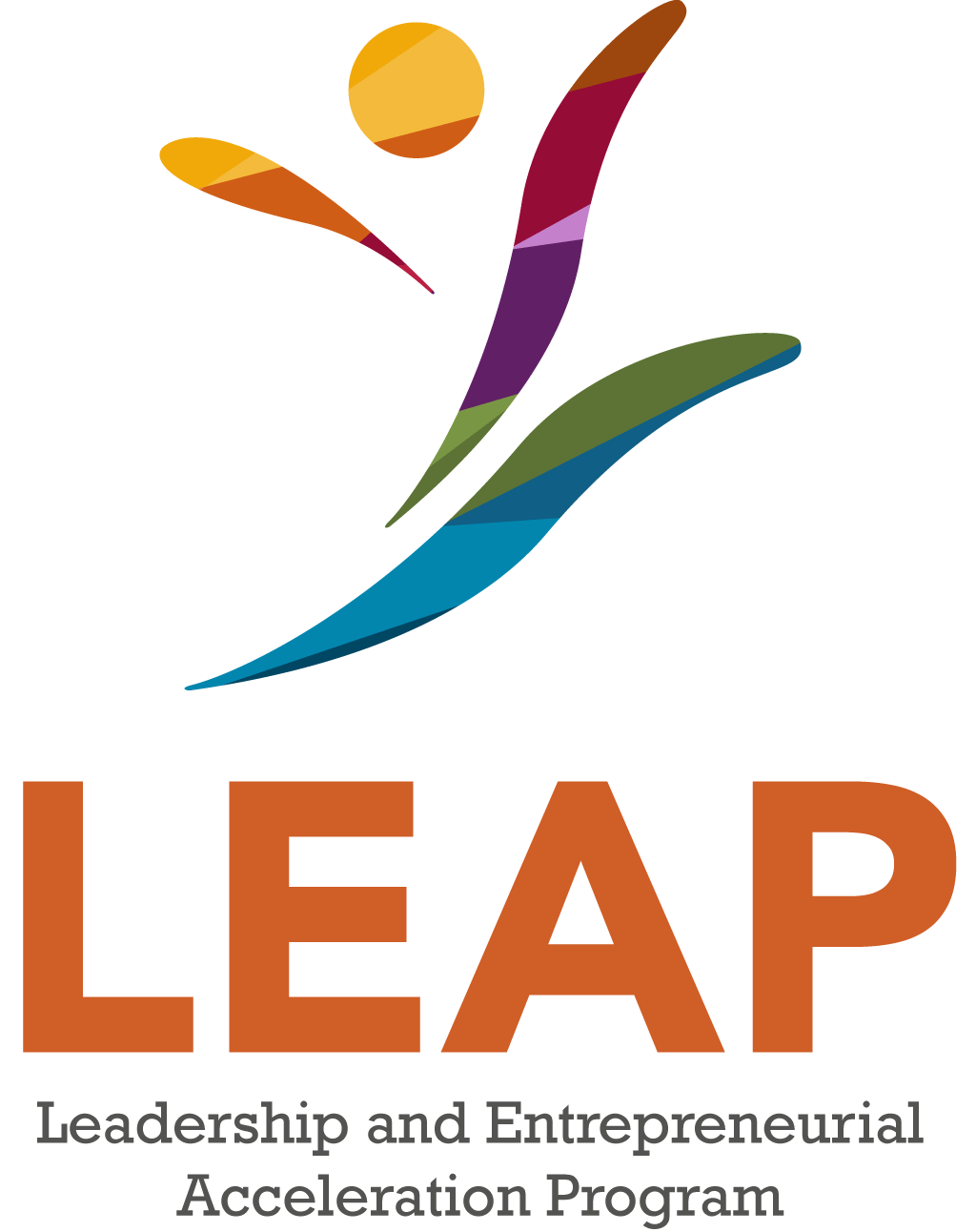Ten Washington University in St. Louis research teams have been selected to receive funding in the Fall 2018 cycle of the Leadership and Entrepreneurial Acceleration Program, better known as LEAP.
 LEAP is a program of Washington University’s Skandalaris Center for Interdisciplinary Innovation and Entrepreneurship. It provides developmental experience, industry connections, and resources to research teams with the goal of advancing Washington University intellectual property towards commercialization.
LEAP is a program of Washington University’s Skandalaris Center for Interdisciplinary Innovation and Entrepreneurship. It provides developmental experience, industry connections, and resources to research teams with the goal of advancing Washington University intellectual property towards commercialization.
This was a record-breaking cycle. At ten awardees, this is the most teams that any single LEAP cycle has ever awarded. To fund all ten teams, the university dipped into limited reserves to commit nearly half a million across the teams. “We were excited to see the breadth and quality of opportunities brought forth in this cycle of LEAP,” remarked II Luscri, the managing director of the Skandalaris Center and assistant vice provost for innovation and entrepreneurship, “We will always work to find funding to support promising projects and are pleased that we can support these faculty members and labs.”
Though funding is important for helping teams move their technologies closer to market, dollar signs aren’t the only benefit of the program. “A core focus of LEAP is to orient participants to consider their research project as a commercial asset,” commented Tom Krenning, the dedicated LEAP facilitator and a venture analyst at the Skandalaris Center. In addition to coordinating LEAP programming, Krenning assembles and serves on the LEAP Development Team—comprised of the heads the Skandalaris Center, the Center for Drug Discovery, the Institute of Clinical and Translational Sciences, and the Office of Technology Management.
The Development Team meets with LEAP participants multiple times over the course of two months to help them draft a focused plan for further development and commercialization. This educational component was updated this cycle, and the changes were well-received—95% of participants reported that the educational aspect of LEAP was essential for developing the strongest possible applications. “Regardless of whether a team gets funding, we want them to walk away from LEAP with a greater understanding of the commercial environment they must navigate in order to move their technologies forward,” Krenning added.
At the end of the cycle, participants present their development plans to external judges, who select the teams that receive funding. With expertise spanning medical devices, pharmaceuticals, and technical goods, the judges provide valuable feedback to participants—a key benefit of the program.
This cycle’s 32 judges came from General Electric, Mallinckrodt Pharmaceuticals, GSK, Eli Lilly, Bristol-Myers Squibb, Cook Medical, and more—meaning some of the best in the industry got a first look at the commercializable technology coming out of the university.
“We have a strong community of innovators and entrepreneurs at WashU,” Luscri concluded, “Programs like LEAP allow that community to take action on their ideas and move WashU invented technologies towards commercialization.”
Without further ado, here are the Fall 2018 awardees:
*Names in bold are the principal inventor
[accordion]
[accordion_tab title=”Low-cost battery for grid reliability; Ramani et al.” active ]
Team: Vijay Ramani, PhD; Shrihari Sankarasubramanian, PhD
Description: We will enable the safe and reliable transition towards a predominantly renewable-energy-powered grid by advancing our cheap (1/4 cost of Lithium ion battery (LIB) at 100GWh/year and above), modular and exponentially scalable redox-flow battery (RFB) technology, thereby disrupting the potentially $2.5B energy storage market (in 2020) that is poised to grow 50x per year for the foreseeable future.[/accordion_tab]
[accordion_tab title=”Using Merged Reality to Minimize Risk During Cochlear Implants; Silva et al.” ]
Team: Jonathan Silva, PhD; Craig Buchman, MD; Jonathan McJunkin, MD; Oliver Causey, PhD
Description: We are using augmented reality to improve quality of life for patients undergoing cochlear implant procedures. [/accordion_tab]
[accordion_tab title=”Superior performance, compact Tetrahedron Beam Computed Tomography (TBCT) system based on scanning x-ray source technology; Zhang et al.” ]
Team: Tiezhi Zhang, PhD; Emre Toker; Yile Qian, PhD
Description: Our patent protected high performance scanning x-ray tube technology enables superior image quality, compact, low-cost patented tetrahedron beam CT (TBCT) systems for point-of-care diagnostic imaging, image-guided radiotherapy and image guided intervention. [/accordion_tab]
[accordion_tab title=”Arteriovenous Graft for Pancreatic Cell Transplantation to Cure Diabetes; Zayed et al.” ]
Team: Mohamed Zayed, MD, PhD; Jeffery Millman, PhD; Dillon Williams; Michael Talcott, DVM; John Cashin
Description: We have designed a novel arteriovenous graft that would facilitate implementation of tea cells derived insulin-producing pancreatic beta cells in a diabetic patient’s peripheral arterial system. This new method of cellular transplantation will provide 1) direct ‘real – time’ sensing of a patient’s arterial blood glucose, and 2) provide immediate release of insulin – the hormone necessary for treatment and cure of diabetes. [/accordion_tab]
[accordion_tab title=”Cardialogica: Ablate Smarter; Cuculich et al.” ]
Team: Phillip Cuculich, MD; Clifford Robinson, MD; Geoff Hugo, PhD
Description: We invented a way to fix heart rhythm problem non-invasively, with a beam of energy, in a single treatment under 10 minutes. Cardialogica is the intelligent software solution that shows you how. [/accordion_tab]
[accordion_tab title=”Magic Angle Spinning Spheres for Magnetic Resonance; Barnes” ]
Team: Alexander Barnes, PhD
Description: Rather than spinning cylinders, as hundreds of laboratories have done across the world in magic angle spinning (MAS) magnetic resonance experiments over the last 60 years, we have demonstrated that spherical rotors are far superior. [/accordion_tab]
[accordion_tab title=”Use of N-terminal peptides for increase in protein expression; Djuranovic” ]
Team: Sergej Djuranovic, PhD
Description: Optimization of the protein synthesis, stability and folding by use of short N-terminal peptides. [/accordion_tab]
[accordion_tab title=”Developing a first-in-class molecule to prevent heart failure; Adamo et al.” ]
Team: Luigi Adamo, MD, PhD; Douglas Mann, MD; Jennifer Riggs, PhD; Bradley Keller, PhD; Roger Melton; Roland Dolle, PhD
Description: Starting from a compound FDA approved for the treatment of a rare lung disease, we are creating a first in class drug that severs the link between acute heart damage and heart failure. [/accordion_tab]
[accordion_tab title=”The next generation of anti-arrhythmic drug; Cui et al.” ]
Team: Jianmin Cui, PhD; Jingyi Shi, PhD; Phillip S. Cuculich, MD
Description: Developing a safe anti-arryhthmic drug with a novel and highly specific target that effectively terminates and prevents life-threatening ventricular tachyarrhythmia. [/accordion_tab]
[accordion_tab title=”Adenovirus-mediated gene editing for long term genetic correction; Curiel” ]
Team: David T. Curiel, MD, PhD
Description: In vivo adenovirus vector (Ad)-mediated delivery of CRISPR/Cas9 allows gene editing with functional “knock-in” of corrective genes to actualize successful gene therapy. [/accordion_tab]
[/accordion]
The Spring 2019 LEAP cycle begins in February. Sign up to receive updates.

